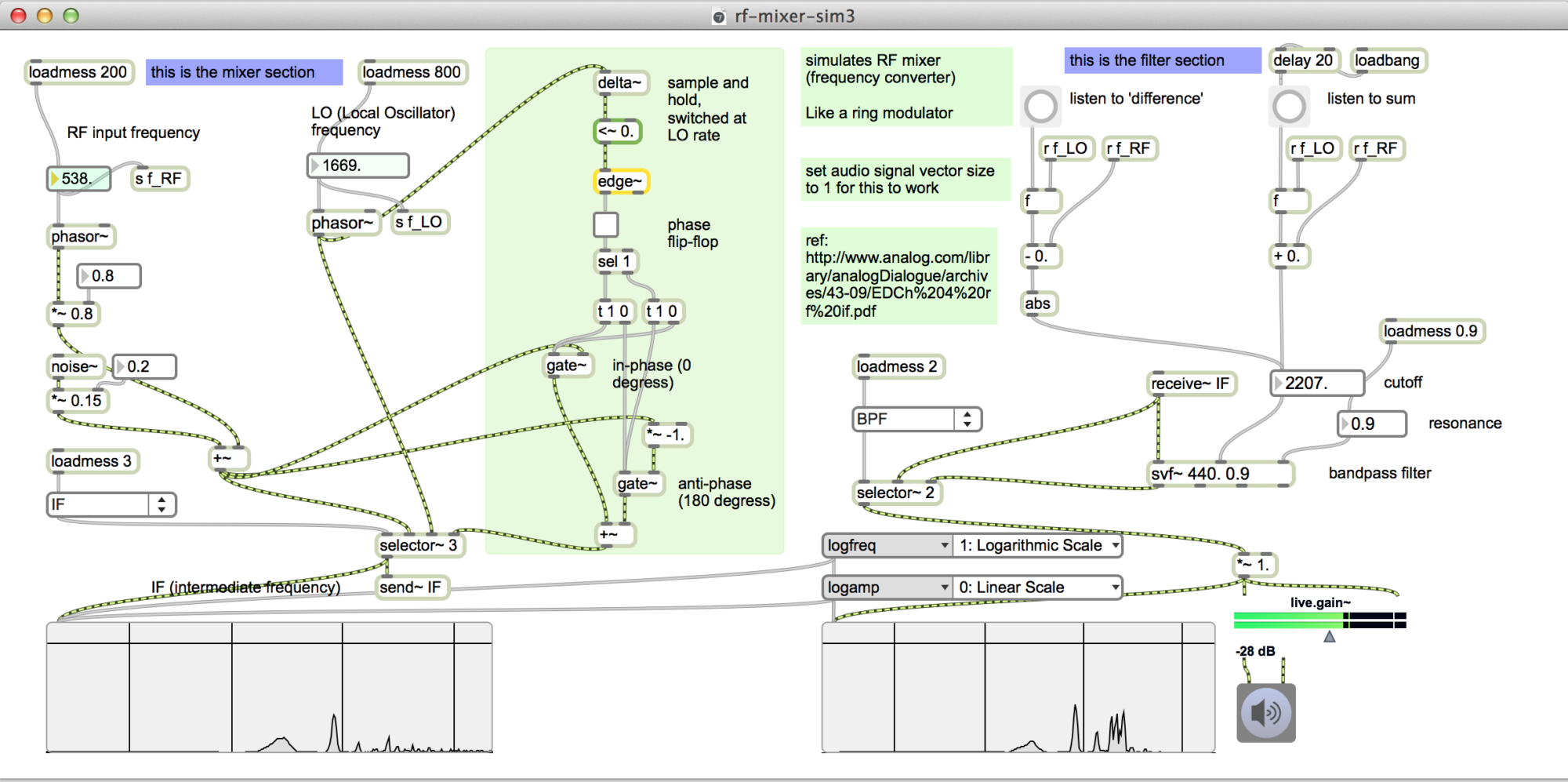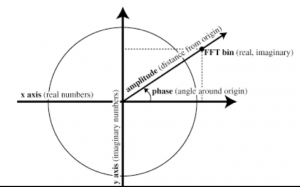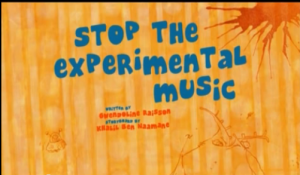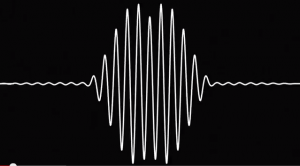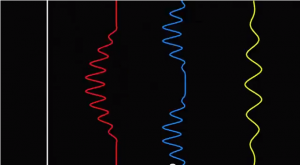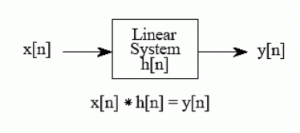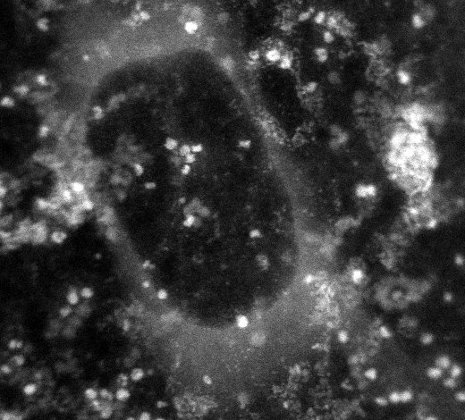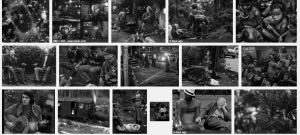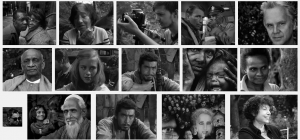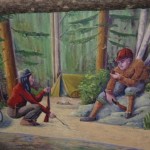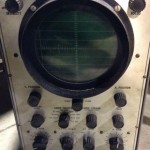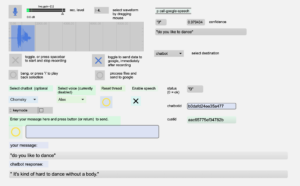Voices
- Synthesizing voice
- Formant synthesis:
- Mark Durham: https://reactivemusic.net/?p=9294,
- Tutorial by Jordan Smith: https://reactivemusic.net/?p=9290
- Formant synthesis:
- vocaloid
- vocaloid Max example: https://reactivemusic.net/?p=6891
- Singer Songwriter Professional 10 https://reactivemusic.net/?p=6959 from: http://en.wikipedia.org/wiki/Internet_Co.,_Ltd.
- vocoder
-
- vocoder: (ableton Obama vocoder example)
- How vocoders work: https://reactivemusic.net/?p=17218
- Wikipedia: http://en.wikipedia.org/wiki/Vocoder
- Max/MSP: examples/effects/classic-vocoder-folder/classic_vocoder.maxpat
- Csound FOF example in M4L (m4l-fof-test3
- Bernie Krause: Soundscapes
- Geophony, Biophony, Anthrophony
- The Voice of The Natural World: http://blog.ted.com/2013/06/12/the-voice-of-the-natural-world-bernie-krause-at-tedglobal-2013/
- TED: http://www.ted.com/talks/bernie_krause_the_voice_of_the_natural_world
- The Nonesuch Guide to Electronic Music (track 25 – periodic 3 square waves) http://www.allmusic.com/album/the-nonesuch-guide-to-electronic-music-collectors-choice-mw0000348044
Examples
- animal sounds in different languages http://foundintranslation.berkeley.edu/?p=2440 (broken link?)
- Quack project http://www.quack-project.com/table.cgi
- Douglas Bako – Voicejam: https://reactivemusic.net/?p=7354
- Pitch transposing a baby https://reactivemusic.net/?p=2458
- The sound of nothing: David Tinapple: http://vimeo.com/1962465#
- Bobby McFerrin: (pentatonic scale) http://www.ted.com/talks/bobby_mcferrin_hacks_your_brain_with_music.html
- Alphabet vocals
- jii lighter https://reactivemusic.net/?p=6970
- Sesame St http://www.youtube.com/watch?v=y819U6jBDog
- Mario Paint Composer 4’33 http://createdigitalmusic.com/2008/04/free-mario-paint-composer-for-windows-and-mac-mario-does-john-cage/
- Fictional language dialog: https://reactivemusic.net/?p=7242
- The Speech accent archive https://reactivemusic.net/?p=9436
- cataRT https://reactivemusic.net/?p=9264
Questions
- Why do most people not like the recorded sound of their voice?
- How does Autotune work? Would it be possible to make an Auto-detune?
- How do you recognize voices?
- Does speech recognition work with singing?
- How to remove vocals – https://reactivemusic.net/?p=1498
- How can we listen to ultrasonic animal sounds
- Where can you find Acapella tracks http://www.acapellas4u.co.uk/portal.php http://www.djtechtools.com/2013/07/28/getting-vocals-for-track-acapellas-for-djs/
